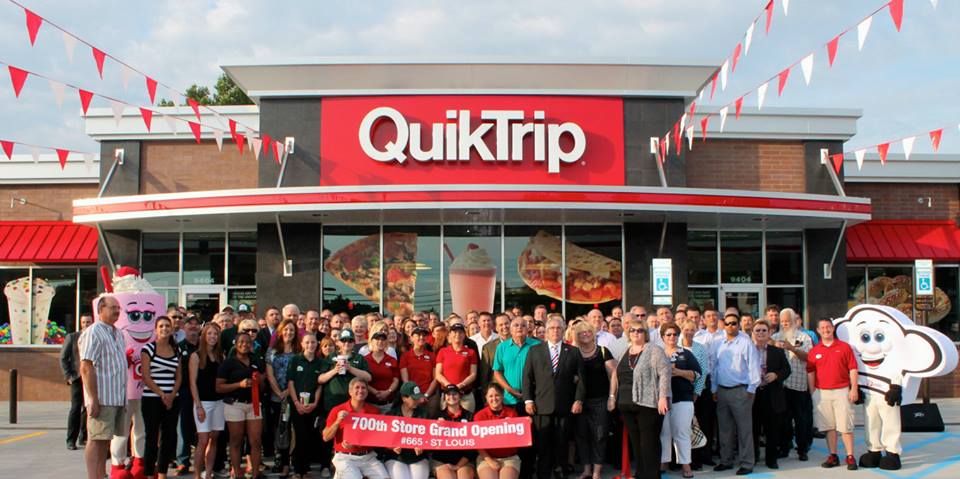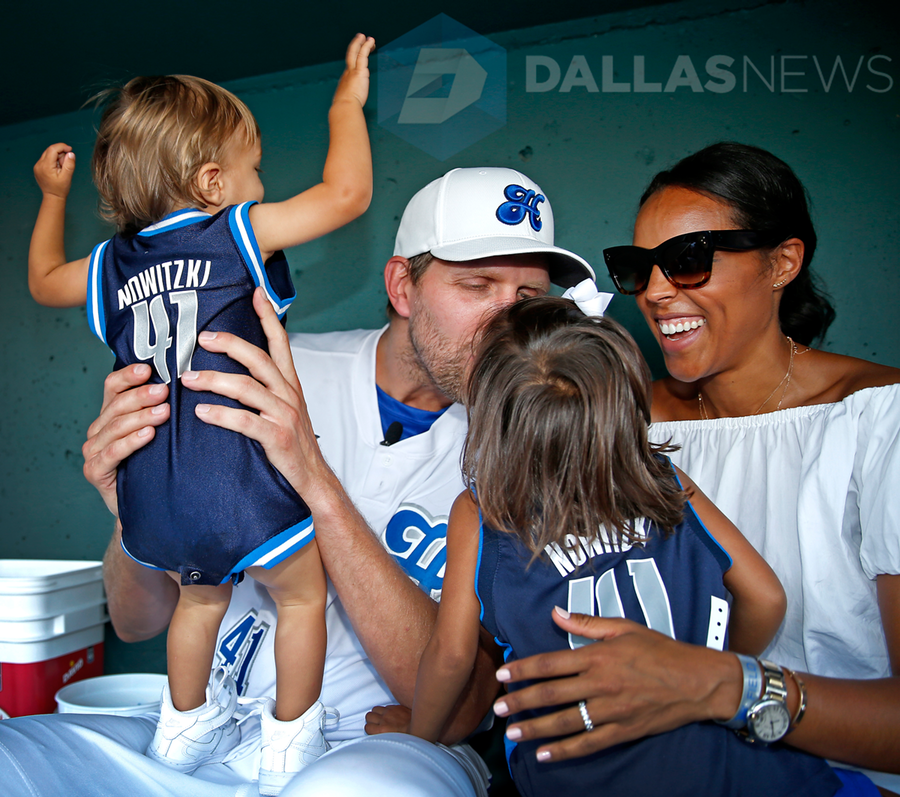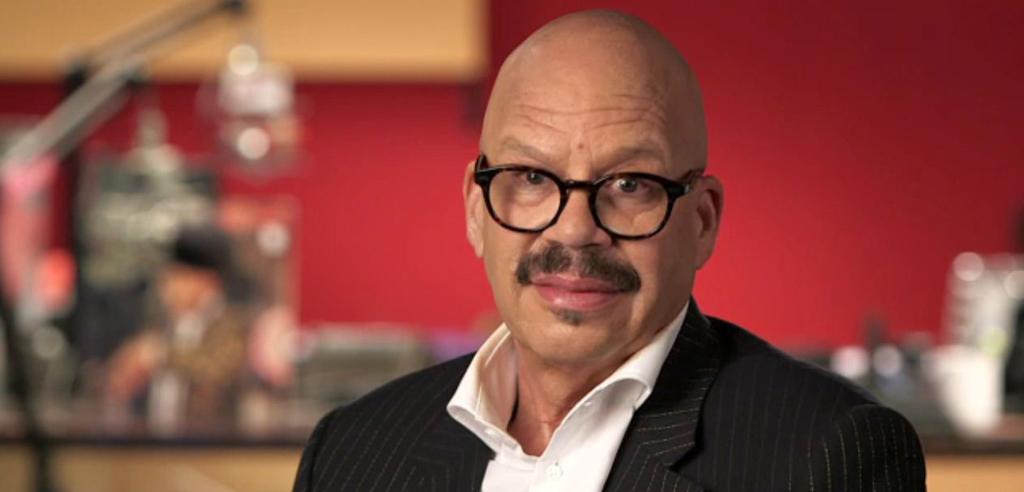
The Oklahoma Eagle Editorial
By Ray Pearcey, former Editor and Jim Goodwin, Publisher
Greenwood Area Planning, Absent Stout Execution, Is A Farce
Ever felt you were in a crazy, paralytic loop in your life?
Maybe you’ve seen it play out in Groundhog Day -a 1993 movie starring early Saturday Night Live star Bill Murray and a host of other familiars. It’s become a cult film and a surprisingly compelling tale about the insanity of doing something pointless- over and over again. In the flick, Murray plays a sad guy trapped in a single day-a recurring 24-hour hell packed with big personal challenges and strained relationships; wildly, he wakes up again and again on the very same chilly morning- re-living a hugely frustrating day -over and over again.
Groundhog vividly captures what many Tulsa north folks have felt about the Tulsa Development Authority and decades of ill actions, disappointment and displacement. The long saga is about this often-opaque Tulsa agency, its troubled history and importantly, it’s fellow travelers in Tulsa’s public sector, development, real estate and land use communities- and its impacts on many thousands.
The late Homer Johnson was a now little appreciated Tulsa visionary, singular community activist and radio raconteur- in the sixties he created and ramrodded the Target Area Action Group (TAAG), a legendary people centered community development/anti-poverty enterprise. Just now, he must be turning over in his grave. The multi-talented Mr. Johnson would surely lament that his community has been victimized once again, traumatized not this time by America’s most odious domestic terrorism episode – a lethal assault mounted by an army of local terrorists and racists who murdered, burned and destroyed the people and their 1921 era prosperity – but by feckless government efforts, local private investment cowardice and a long line of sorry, “no go” project outcomes. An array of “bait and switch” tactics have long been in play: “baited” with the allure spawned by intensive citizen-driven planning and “switched” by stunting institutional memory loses, pitiful capital placements and huge political failures of will.
The Pattern
The Irish poet W.B. Yeats once wrote in a poem that “In dreams begin responsibilities”. This is a lucid description of what strong democracy requires of public sector leaders who seek deep citizen participation-a summary of what elected folks should be thinking about at all times. Their duty as public officials to implement “dreams” is especially relevant as they work with the citizens they serve- including the folks who do ground level planning in neighborhoods; their failure to implement the “dreams” of northside citizens expressed in their urban planning efforts is a tough but addressable problem we’ve seen time and time again in Tulsa redevelopment efforts in the Greenwood area.
There are numerous episodes, over a nearly sixty-year period, in which City officials, state authorities and the federal government set-up planning sessions to empower Greenwood area citizens; these often-elaborate meet-ups were supposed to help resident stipulate better futures. Many planning projects abound over this faithful period hampered by a conflation of forces including institutional racism, hyper-conventional investment models, big time redlining and a huge imagination deficit- all have hobbled a return to Greenwood’s once legendary prosperity.
Greenwood area citizens have been on a largely painful sojourn that started in the late 50’s with the creation of what was then called the Tulsa Urban Renewal Authority. The focus of this agency- a nearly 700-acre area just north of the proverbial railway tracks- partially occupied by what we now know as the Oklahoma State University (OSU) Tulsa campus. In the event, entire neighborhoods and small business owners were asked to envision new homes, better residential, shopping and commercial opportunities and more. While some people benefited – they got checks that were used to buy better housing in other places in Tulsa and sometimes-new shops, others were simply displaced at sometimes terrible economic and emotional costs to them. But clearly, the overall trajectory of Tulsa north and the Greenwood area –rattled by redevelopment displacements and early waves of desegregation -didn’t change for the better.
The 70’s
In a second wave, years later, thousands of hours were spent locally -hundreds of north Tulsans spent many an evening with The Tulsa Vision 2000 program, orchestrated by then Mayor Robert LaFortune, in the mid-seventies. Some may remember that Vision 2000 promoted a now half-forgotten notion called “balanced growth” in Tulsa. The City, developers and capital holders were challenged to use their management skills, dollars and energy to partially re-purpose the massive growth dynamic- then playing out stoutly in south Tulsa- to the downtown and most especially to Tulsa north. Obviously, very little balanced growth really materialized excepting Heritage Hills and Gilcrease Hills developments. Heritage Hills and Gilcrease continue to be small, but important beacons of what a more balanced development pathway might look like in Tulsa north.
At about the same time, federal funds via the Model City’s program under president Lyndon Johnson, afforded the City “startup funding” to again help plan, really envision a better future for residents of Tulsa north and the surrounding area. Specifically, thousands of hours and intense citizen participation efforts led by the now forgotten, citizen-driven Target Area Action Group, fostered plans for vibrant residential, educational, commercial and recreational futures for Tulsa north– needless to say, very little came of these elaborate efforts.
That 80’s era
The Model City’s effort was succeeded in the late 70’s by a Nixon administration era program called the Community Development Block Grant (CDBG) program – a program designed to allow regular folks, in designated communities, to express strong preferences on housing, development and amenity choices; picks that might be a good fit for Tulsa north. Funded by billions of dollars at the federal level, with double figure millions sent to Tulsa initially, the CDBG program was used to restart Morton Health, do local park rehab, institute child care, launch a passel of social services and do other projects- including some small business development thrusts with the SBA fueled Tulsa Economic Development Corp. But this passel of efforts never sparked a full reanimation of Tulsa north. The CDBG program continues at a much lower level to this day; but a fair observer would have to conclude that its impact- especially on north-side physical and economic development- has been very limited. There were “one-off” exceptions during this era- like the federal funding rounded up to recreate the Greenwood Corridor Complex – but overall, the eighties were a thin time for the area.
90’s
In the nineties, Tulsa voters (in a local first) were asked to plow over $15 million into the University Center at Tulsa (UCT) campus – a downtown/near north university facility that was supposed to lead to a full four-year public college in Tulsa. Importantly, the university project was supposed to spawn residential, commercial and business development in the near north. The “takeover” of the campus by state higher education authorities and Oklahoma State University (OSU) meant a dramatic re-direction and a decoupling from Tulsa North, accelerated hollowing out of Langston U course offerings and almost no development spin-off for the immediate community.
The “00”
In new century, City lead initiatives delivered funding to Tulsa north including local Vision 2025 projects that have led to a new Morton Health Center campus, a diminutive Tulsa campus for Langston University, a promising but under-scaled manufacturing and employment development project in the Mohawk Park area and a handful of other signature projects. All the same, north-side housing, residential and commercial markets remain static and depopulation continues apace. Keen observers believe a significant growth spurt for the area is forestalled by commercial redlining in the north, low population densities, overwhelming development capital flows to the south and the suburban rim, superior retail choices in the south and the continued departure of many area indigenous folks to midtown and suburban enclaves. Often overlooked in this appraisal is the dominance of grand orthodoxy in development thinking-an intangible that mightily constrains a host of potentially viable projects for the area.
Now
And here we are at the end of another generation- nearly 20 years into a still young century – in recent days the Tulsa Development Authority- the successor of the original Tulsa Urban Renewal Authority, has issued yet another call, via the mayor’s office, for suggestions on how long waylaid parcels held by this agency in the City’s name might be employed for the direct benefit of Tulsa north. Asking people to go to the “planning well” over and over again without making dramatic changes on how redevelopment gets done in Greenwood, reworks of how community engagement and stakeholder rights are put in place and without significant reclamation of lands acquired by eminent domain is a nonstarter. And we need an end to new style commercial redlining, a tangible commitment by local heavy capital players to the area, solid anti-gentrification policies and vastly more innovative land use, growth sparking and housing affordability initiatives. Without these seismic changes, even the best planning efforts are cruel, empty exercises.
Redevelopment in the Greenwood area has been too much about destruction-can it also be about reconstruction as well?
We say why not retrieve the plans created by the now dormant, citizen-driven Target Area Action Group? Since the Mayor and TDA are seeking suggestions on how Greenwood historic lands should be used, why not allow a new batch of citizens to experience these hard fostered, people-centric plans going forward: they have enormous moral and practical weight given the outrages of 1921 and its insidious aftermaths. With some modern revisions, some augmentation and a scaling up, these well-grounded plans, “dreams”, have enormous promise as a portal project that resembles the Greenwood of legendary lore. Inappropriate real estate developments in the historic Greenwood district will hasten its abolition.
If the TAAG era plans are not retrieved, fully reviewed, and thoroughly vetted, we are making way for further disappointments, additional outrages, and more righteous anger: the proverbial can of racial conciliation will be kicked down the road even further in Tulsa.
Is Groundhog Day an eternity for Greenwood – or can we move to a better day?
Wake up people of good will, wake up!
Send your messages concerning this editorial to:
The Oklahoma Eagle
Attn; Publisher & Chief Editor
P.O. Box 3267
Tulsa, Oklahoma 74101 or
Email; jgoodwin@theoklahomaeagle.net and
Or
City of Tulsa
Attn: Mayors Office
175 E. 2nd St,
Tulsa, OK. 74103










